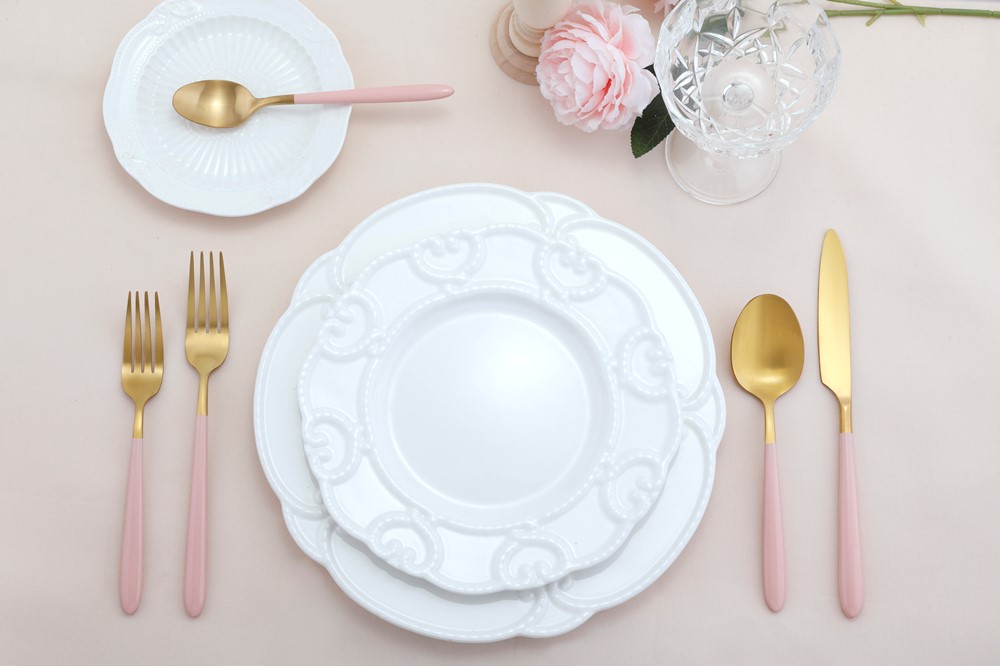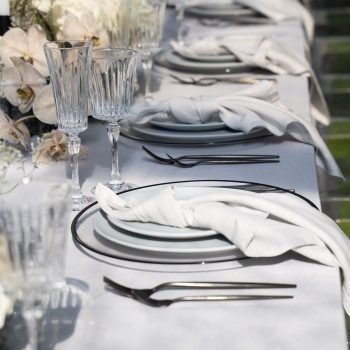
When it comes to tableware, the type of material used for plates matters greatly. Two popular choices are bone china and ceramic plates. While they may seem similar at first glance, there are significant differences between these two types of dinnerware. This article aims to explore and highlight the disparities, shedding light on the distinct qualities and features of bone china plates and ceramic plates.
As the name suggests, bone china is made from a mixture of bone ash, kaolin clay, and china stone. The addition of bone ash lends bone china its distinctive lightweight and translucent nature.
Ceramic Plates: Ceramic plates are composed of various clay-based materials, such as stoneware, earthenware, and porcelain. These materials are heated to high temperatures, leading to a hardened and durable final product.
Known for their elegance and delicate appearance, bone china plates have a soft white color and a subtle translucency. The light-weightedness of bone china, coupled with its thin and smooth construction, adds to its overall aesthetic appeal.
Ceramic plates, depending on the type of clay used, have a wide range of appearances. They can have a coarse, rustic look as in the case of earthenware or a refined and polished surface like porcelain. Ceramic plates generally have a solid, opaque appearance.
Despite their delicate appearance, bone china plates are surprisingly robust. The inclusion of bone ash in their composition results in strength and durability. However, bone china is more prone to chipping and cracking when subjected to rough handling or significant impacts.
Ceramic Plates: Ceramic plates are known for their durability and ability to withstand daily use. Porcelain ceramic plates, in particular, are exceptionally strong due to their high firing temperatures. Earthenware, on the other hand, tends to be more susceptible to damage due to its lower firing temperatures.
Bone china has excellent heat retention properties, making it perfect for keeping food warm during meals.
Ceramic plates have relatively lower heat retention capabilities compared to bone china. While they can retain warmth to some extent, they may not keep food as hot for an extended period.
Due to the complex manufacturing process and the inclusion of bone ash, bone china plates tend to be more expensive than ceramic plates. The delicacy, elegance, and prestige associated with bone china contribute to its higher price tag.
Ceramic plates, depending on the type and quality of the clay used, are generally more affordable and easily available. They offer a wide range of options for budget-conscious consumers.

In conclusion, bone china plates and ceramic plates have distinct characteristics that set them apart. While bone china plates boast elegance, translucency, and superior heat retention, ceramic plates are renowned for their durability, versatility, and affordability. Consider your needs and preferences before selecting the right type of plate for your table setting, whether it be for everyday use or special occasions.
Post time: Nov-13-2023




